Traveling to Europe? A Guide to Currency Exchange for Eurozone Countries
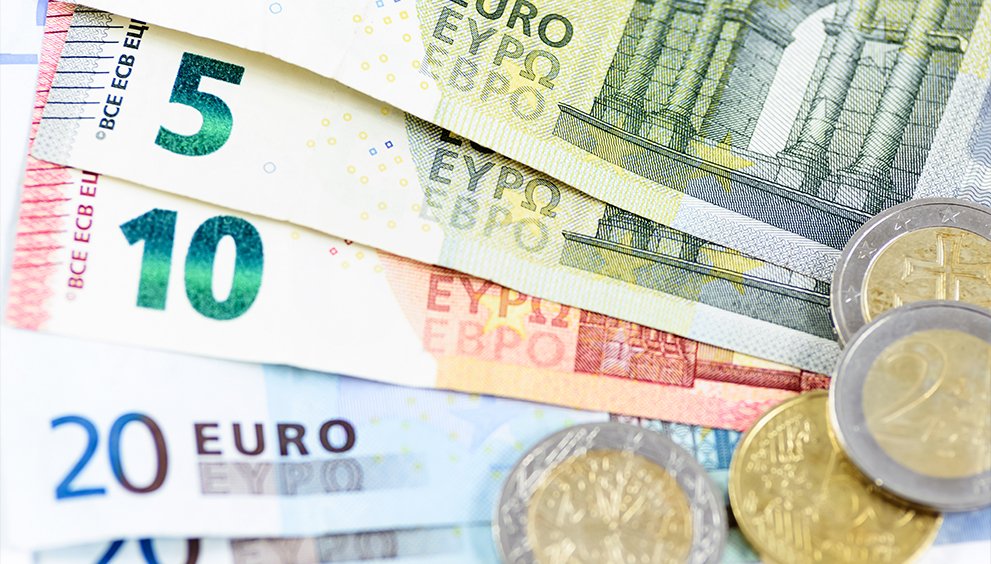
Planning a trip to Europe is always exciting! From historic landmarks in Rome to Parisian cafes and the stunning beaches of Greece, the Eurozone offers something for everyone. But before you pack your bags, there’s one thing to sort out: your money. Knowing how to handle currency exchange in Eurozone countries can save you a lot of time, stress, and most importantly—money.
In this guide, we’ll walk you through everything you need to know about exchanging money and managing your finances while visiting countries that use the euro (€).
1. Understanding the Eurozone
The Eurozone consists of 20 European Union (EU) countries that use the euro as their official currency. This includes popular destinations like France, Germany, Italy, Spain, and the Netherlands. If you’re traveling to multiple countries within the Eurozone, you won’t need to worry about exchanging currencies as you cross borders—it’s all the same currency.
However, not all EU countries use the euro. For instance, Denmark, Sweden, and Hungary have their own currencies. If your itinerary includes both Eurozone and non-Eurozone countries, you’ll need to plan your currency exchange accordingly.
2. How to Get Euros Before Your Trip
Exchange at Your Local Bank or Credit Union
One of the easiest and most cost-effective ways to get euros is through your local bank or credit union before you leave. Banks often offer better exchange rates than airport kiosks or exchange bureaus, and account holders may even qualify for reduced fees.
Pro Tips:
- Order your euros in advance, as not all banks keep foreign currencies in stock.
- Request smaller denominations (€5, €10, and €20) for everyday purchases like public transportation or snacks.
Avoid Currency Exchange Counters at Airports
Airport exchange kiosks are convenient, but they usually offer the worst exchange rates and high transaction fees. Use them only as a last resort for emergencies.
3. Using Credit Cards in the Eurozone
Credit cards are widely accepted across the Eurozone, making them a convenient way to pay for meals, hotels, and shopping. However, not all cards are created equal when it comes to international travel.
Choose a Card with No Foreign Transaction Fees
Foreign transaction fees can add up quickly, often ranging from 1% to 3% of every purchase. To avoid this, use a travel-friendly card like the Chase Sapphire Preferred, Capital One Venture, or American Express Gold Card.
Pay in Euros, Not Dollars
When paying with a credit card, you may be given the option to pay in U.S. dollars instead of euros. While this might seem helpful, it’s usually a bad idea. This is called Dynamic Currency Conversion (DCC), and it often comes with inflated exchange rates and hidden fees. Always choose to pay in the local currency (euros) to get the best rate.
4. Using ATMs to Get Euros in Europe
ATMs are one of the easiest ways to get euros while traveling. They typically offer better exchange rates than currency exchange counters, and they’re widely available throughout the Eurozone.
Tips for Using ATMs:
- Use Bank-Affiliated ATMs: Stick to machines operated by reputable banks to avoid high fees. Standalone ATMs in tourist areas may charge extra or offer unfavorable rates.
- Withdraw Larger Amounts: Reduce the number of withdrawals to minimize ATM fees. Just be cautious about carrying too much cash at once.
- Check with Your Bank: Before you leave, ask your bank about foreign ATM fees. Some banks, like Charles Schwab and Fidelity, refund international ATM fees.
- Notify Your Bank: Let your bank know your travel dates to prevent your card from being flagged for fraud.
5. Consider a Multi-Currency Travel Card
Multi-currency travel cards, like Wise (formerly TransferWise) or Revolut, are excellent tools for managing money abroad. These cards allow you to load money in multiple currencies, including euros, at competitive exchange rates.
Why Use a Multi-Currency Card?
- Lock in Exchange Rates: Convert your dollars to euros when the rate is favorable.
- Budget-Friendly: Track your spending and avoid overspending.
- Low Fees: These cards often have lower fees than traditional credit cards or exchange counters.
6. Avoid Tourist Traps for Currency Exchange
Tourist-heavy areas are notorious for overpriced currency exchange services. Whether it’s a kiosk near a major landmark or a counter at a train station, you’re likely to get poor exchange rates and high fees.
Instead, stick to banks, ATMs, or trusted exchange providers for a better deal.
7. How to Avoid Common Currency Exchange Fees
Exchange fees can quickly eat into your travel budget if you’re not careful. Here are some common fees to watch out for:
- Flat Transaction Fees: A fixed fee per transaction, regardless of the amount exchanged.
- Poor Exchange Rates: Providers often build hidden fees into unfavorable rates.
- ATM Withdrawal Fees: Both the ATM operator and your home bank may charge fees.
How to Minimize Fees:
- Use a credit card with no foreign transaction fees for most purchases.
- Withdraw cash in larger amounts to reduce the frequency of ATM fees.
- Compare rates and fees before exchanging money at a counter.
8. Tipping in Eurozone Countries
Tipping customs vary across Europe, and understanding the local norms can save you from overpaying unnecessarily. Here’s a quick guide:
- Restaurants: In many countries, a small tip (5-10%) is appreciated but not expected, as service charges are often included in the bill.
- Taxis: Rounding up to the nearest euro or adding a small tip is standard.
- Hotels: Tip €1-2 per bag for bellhops and €1-2 per day for housekeeping.
Always check your bill before tipping—service charges are often included in restaurants and hotels.
9. Managing Leftover Euros
If you have leftover euros at the end of your trip, don’t rush to exchange them back to U.S. dollars. You’ll likely lose money due to unfavorable rates and additional fees.
Here’s what you can do instead:
- Save for Your Next Trip: Euros don’t expire, so hang onto them for future travel.
- Spend Before You Leave: Use leftover cash to pay for meals, snacks, or airport souvenirs.
- Donate: Some airports have donation boxes for leftover foreign currency, supporting local charities.
10. Plan Ahead for Non-Eurozone Countries
If your trip includes countries outside the Eurozone (e.g., the UK, Switzerland, or Hungary), you’ll need to handle multiple currencies. Here’s how to manage:
- Use a multi-currency card like Wise to hold multiple currencies.
- Withdraw local currency from ATMs only as needed.
- Avoid exchanging too much money upfront to minimize leftover currency.
11. Monitor Exchange Rates Before and During Your Trip
Currency exchange rates fluctuate daily based on global markets. If you’re planning your trip months in advance, keep an eye on the euro’s value against the U.S. dollar. If the rate improves significantly, consider exchanging some money early to lock in a better deal.
You can also set up rate alerts using apps like XE Currency, so you’ll be notified when favorable rates are available.
Final Thoughts
Traveling to Eurozone countries is an unforgettable experience, but managing your money wisely is essential to make the most of your trip. By planning ahead, using the right tools, and avoiding common pitfalls, you can get the best exchange rates and stretch your budget further.
Here’s a quick recap of the key tips:
- Exchange a small amount of euros at your local bank before your trip.
- Use credit cards with no foreign transaction fees for most purchases.
- Withdraw euros from ATMs abroad for the best rates, and stick to reputable machines.
- Avoid tourist traps like airport kiosks and exchange counters in busy areas.
- Consider a multi-currency travel card for flexibility and cost savings.
With these strategies in place, you’ll be ready to focus on what really matters—exploring, enjoying, and creating memories across Europe!


 English
English 



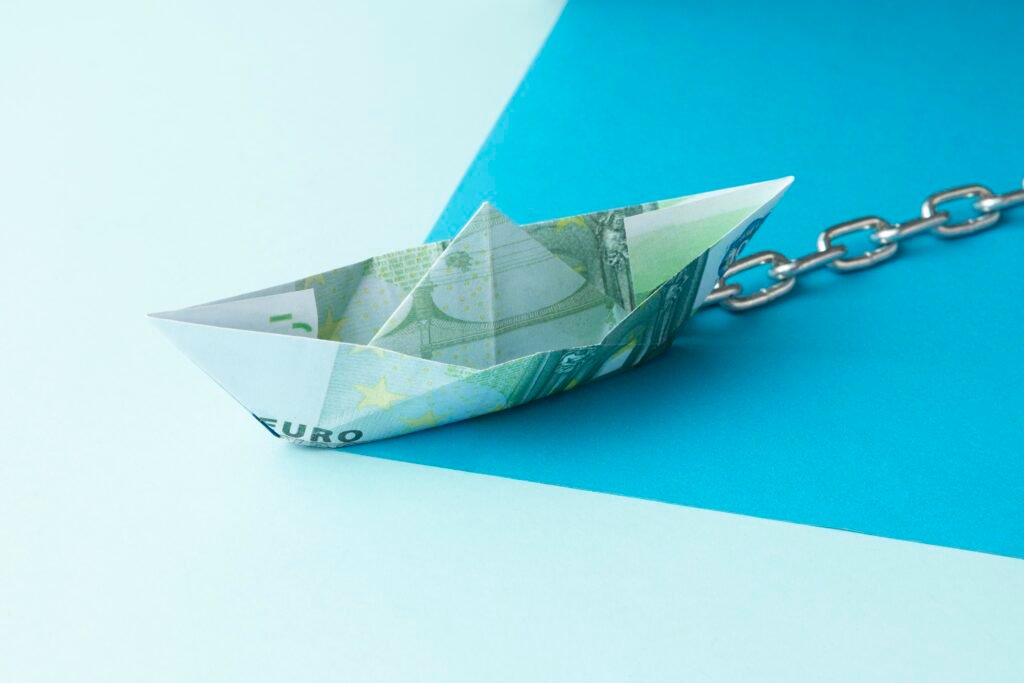



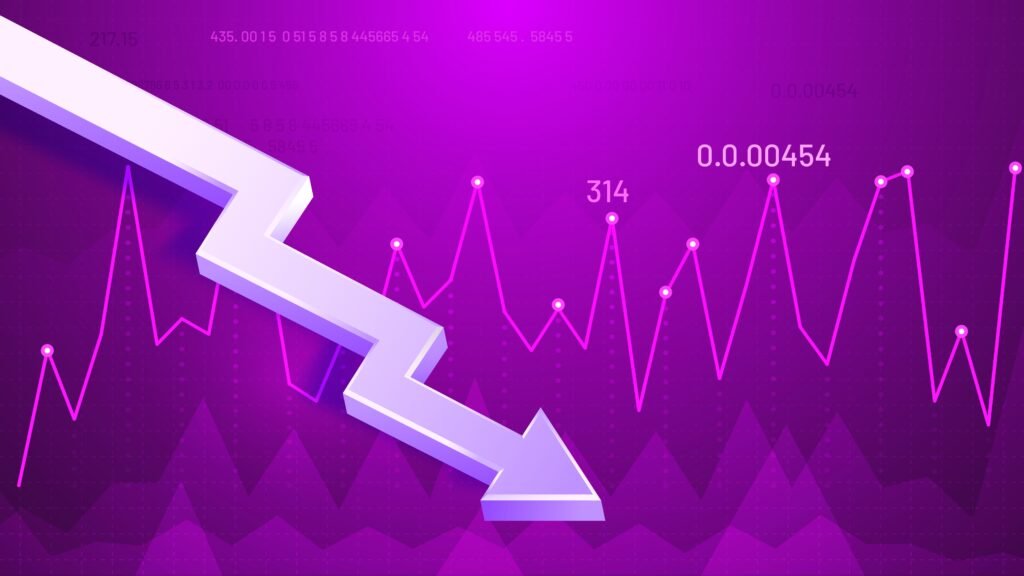


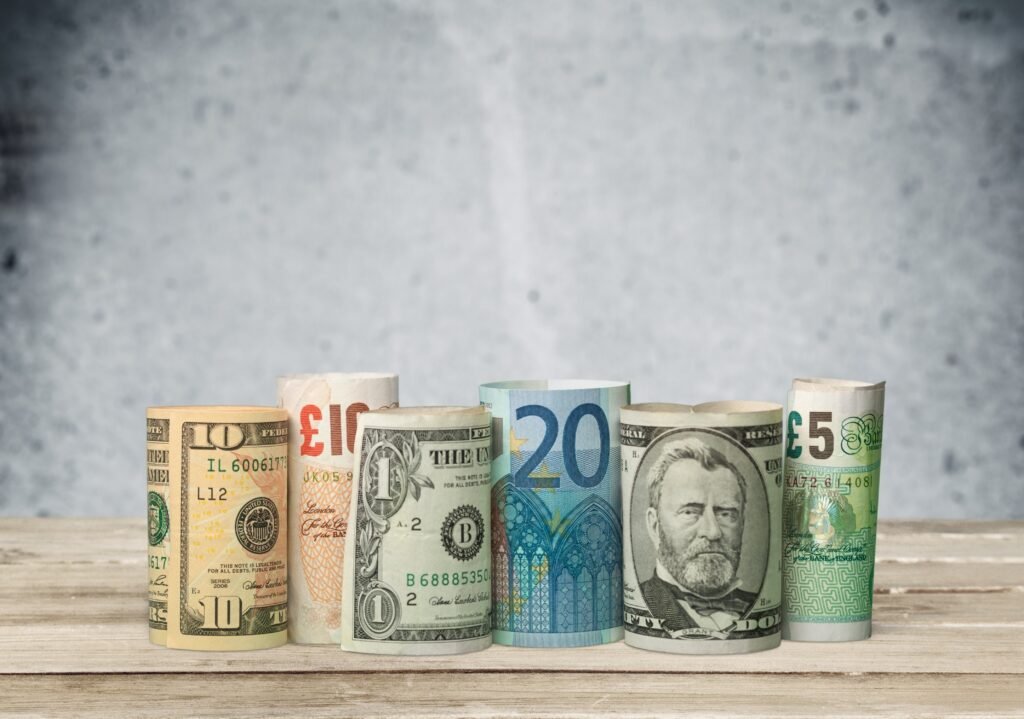


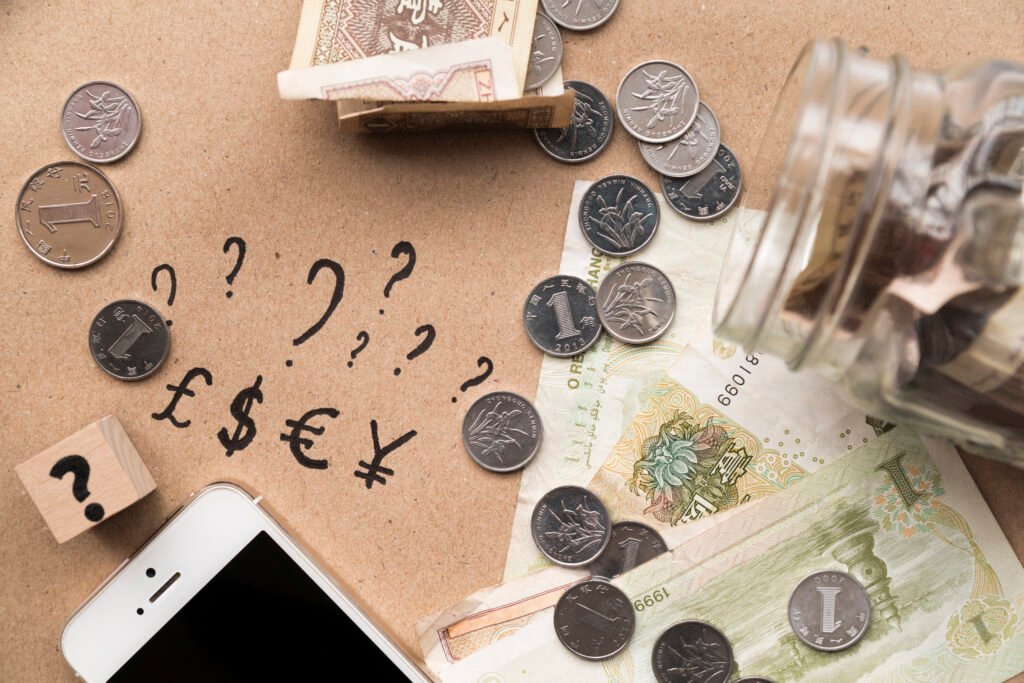









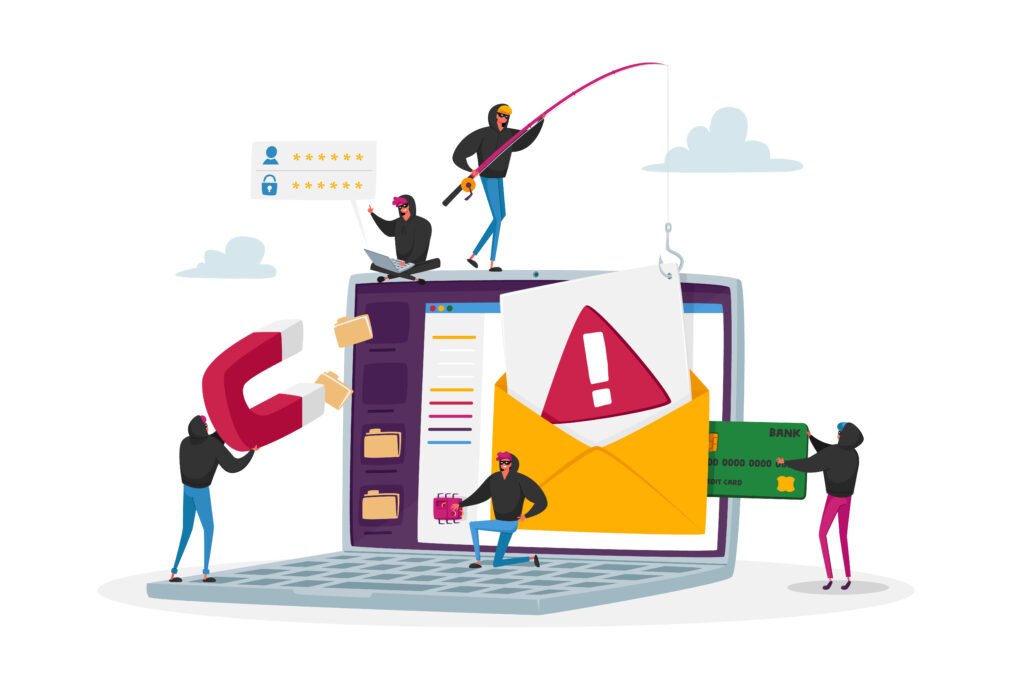

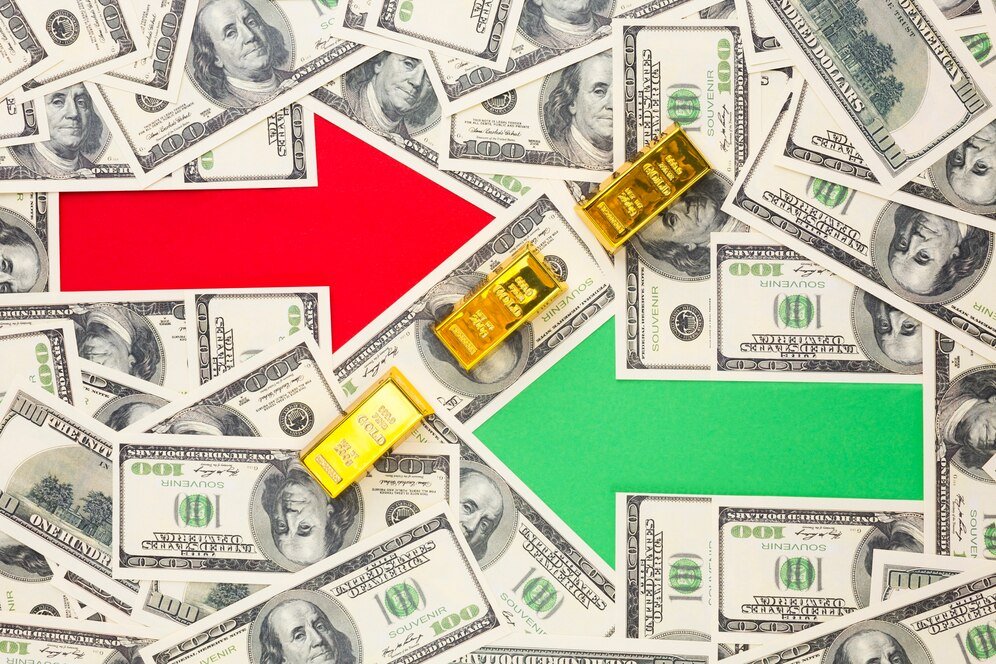





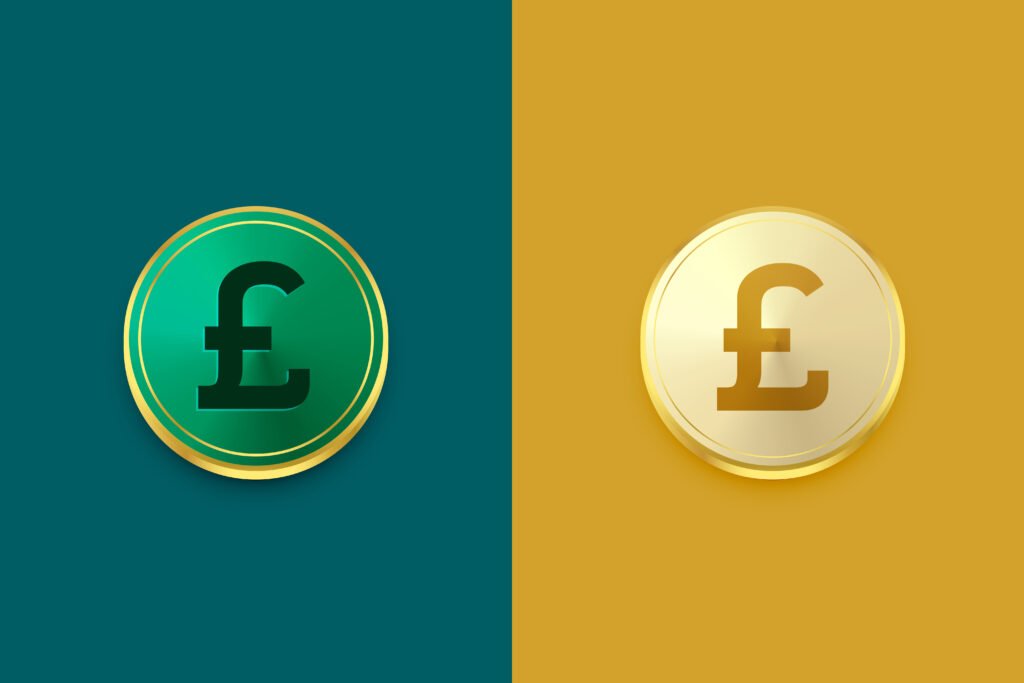








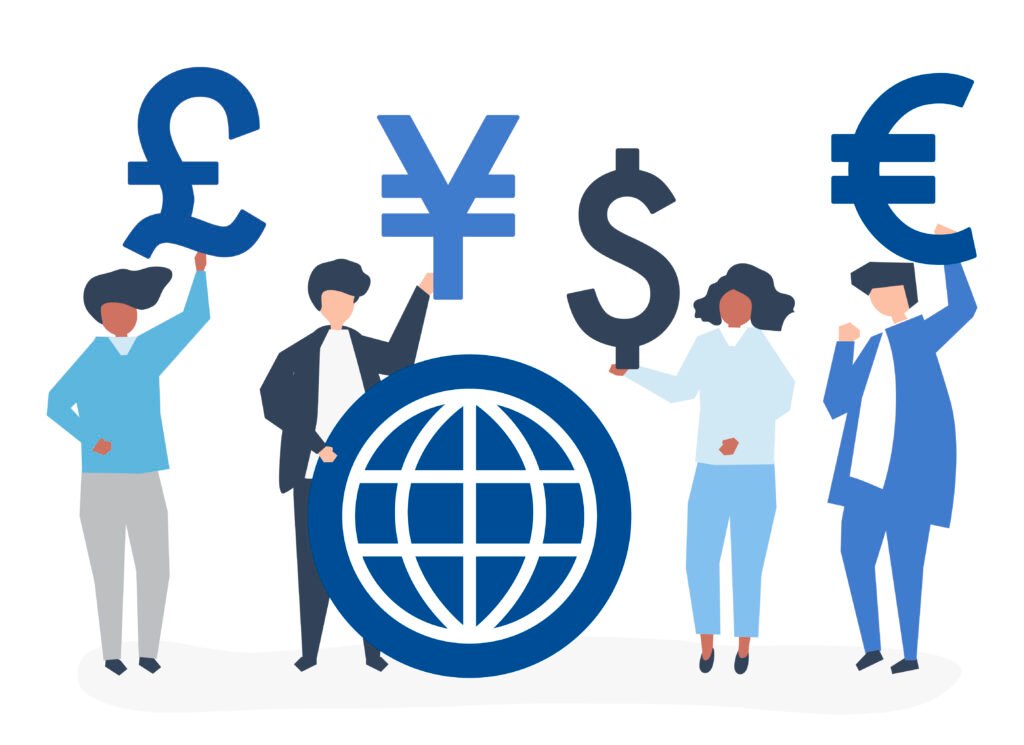


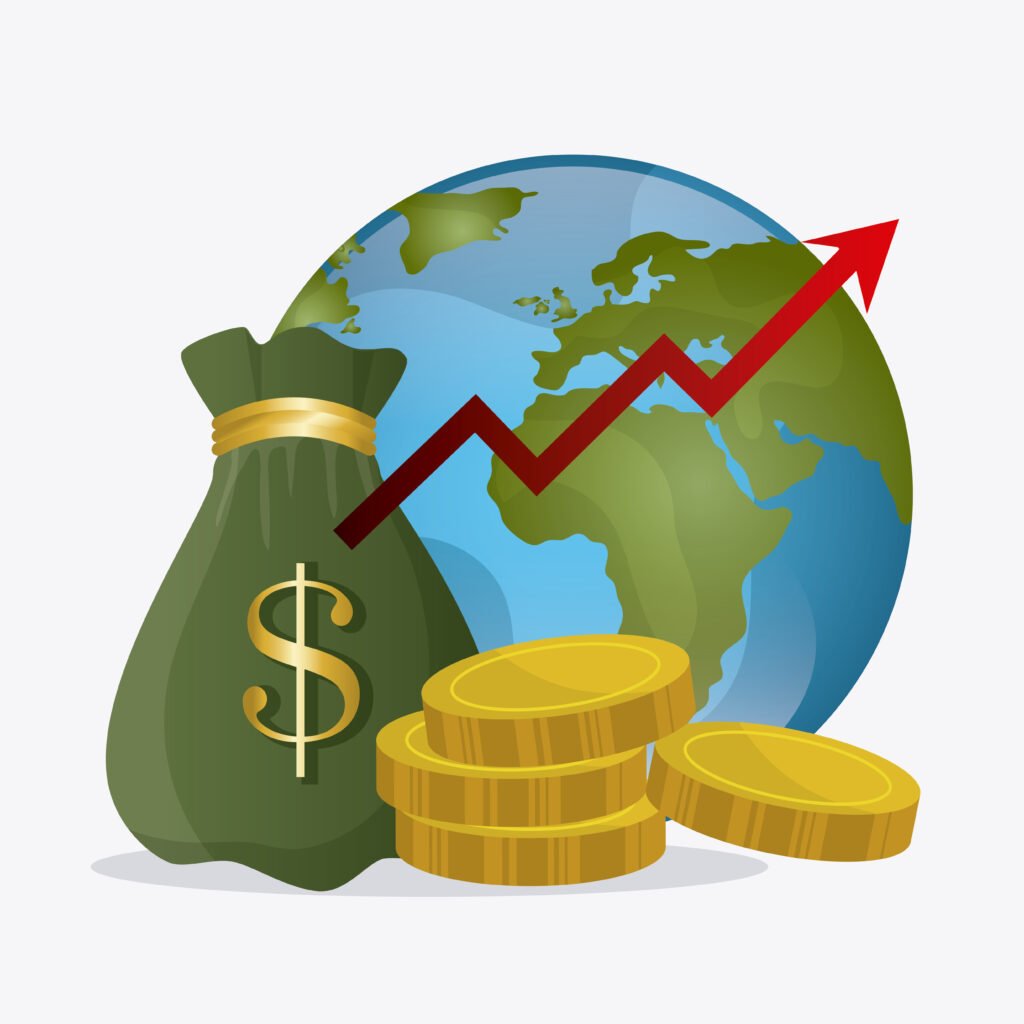


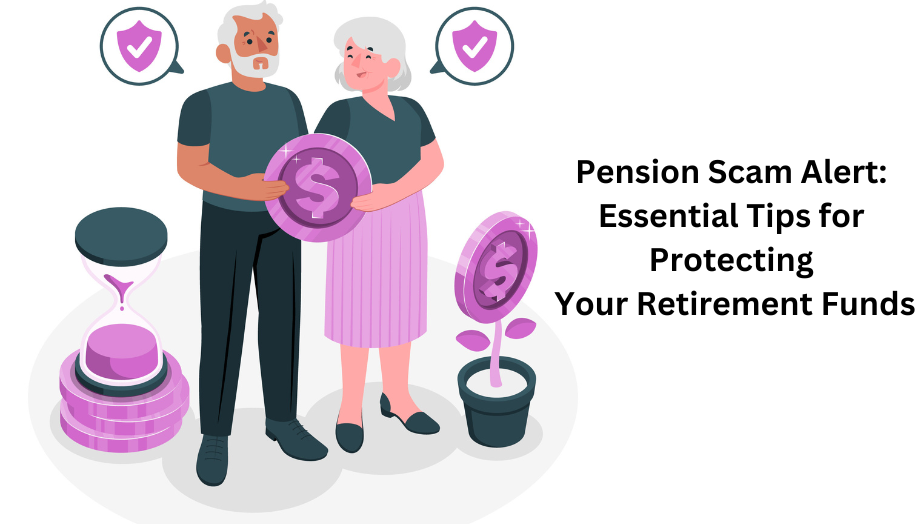












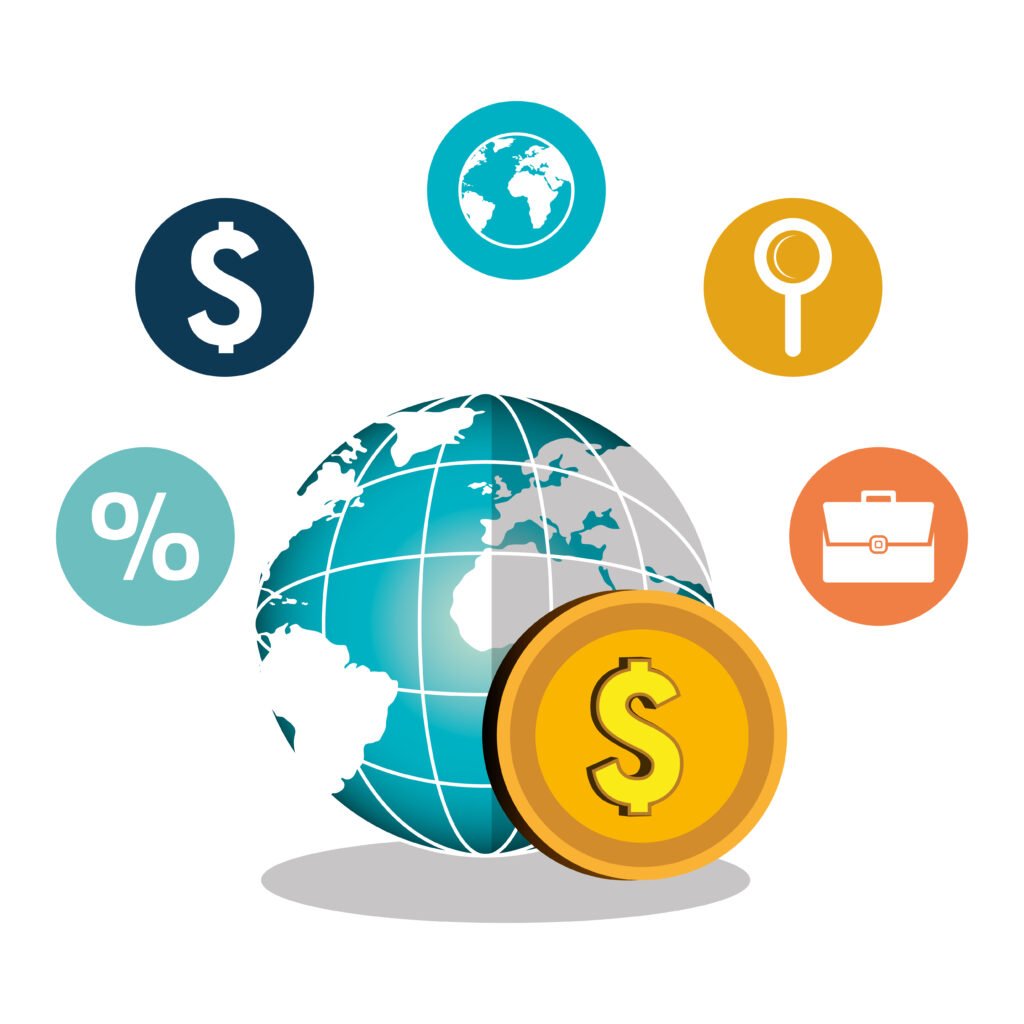
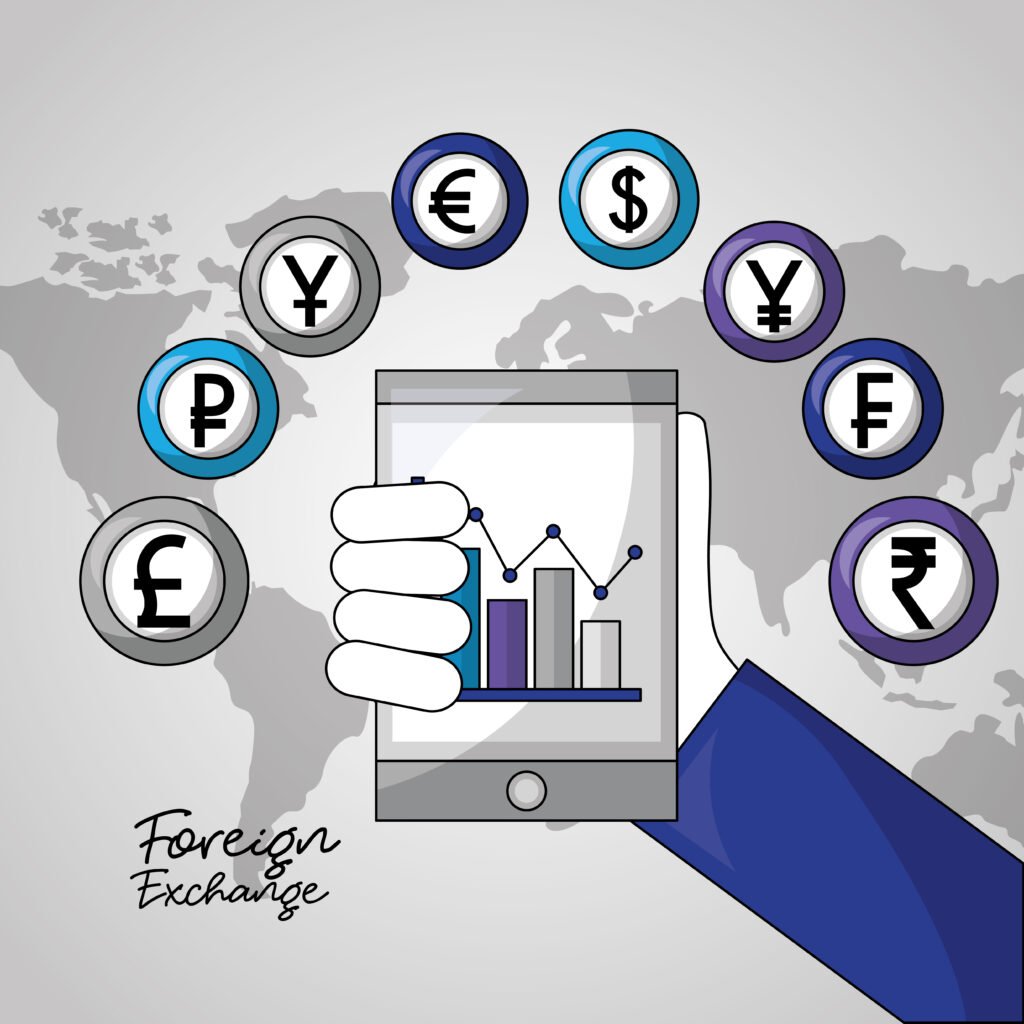






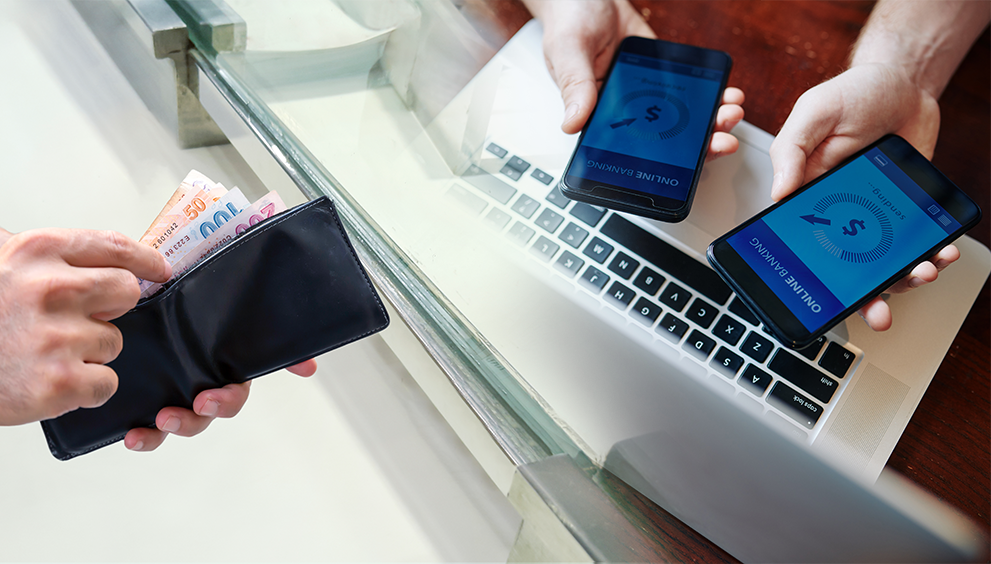
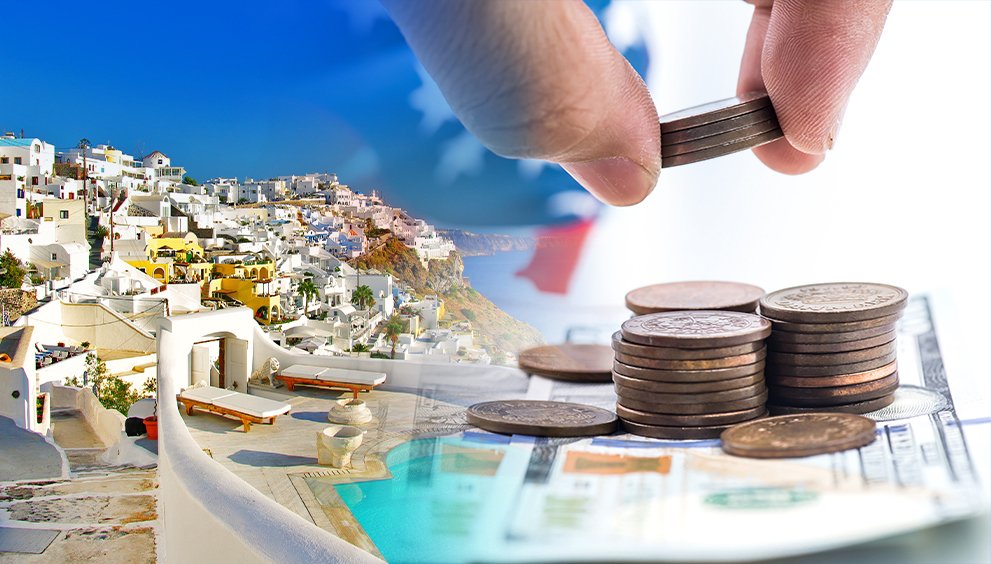




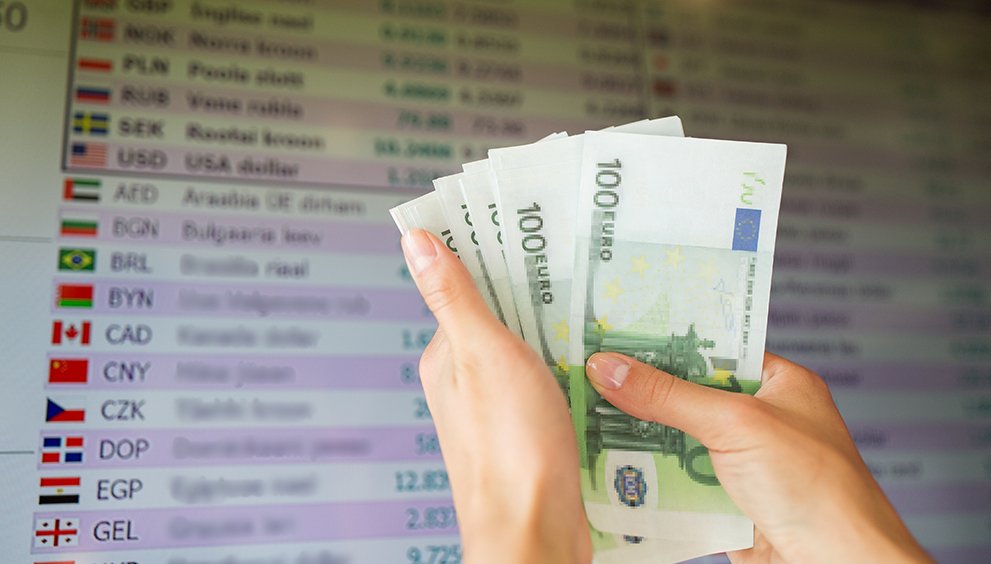
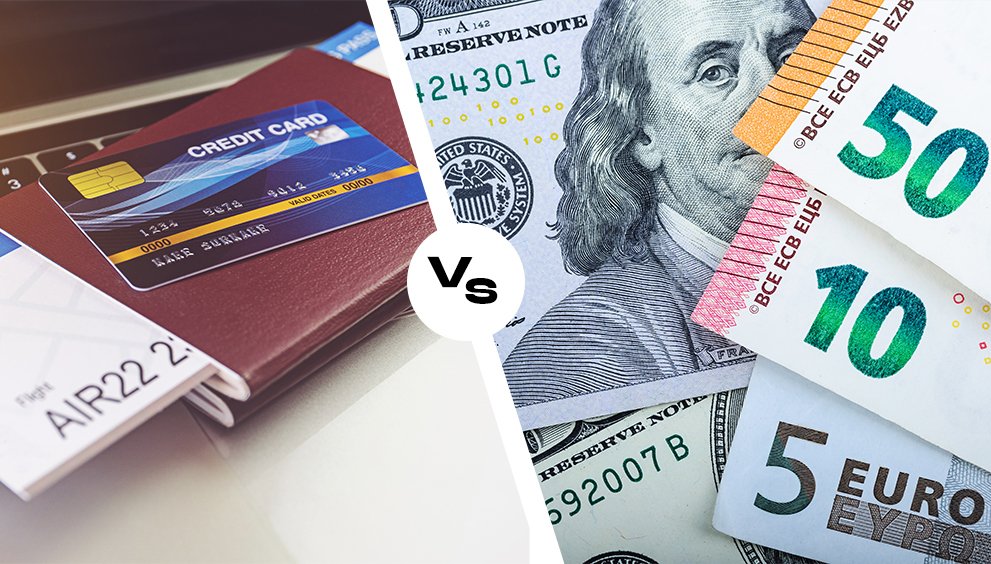
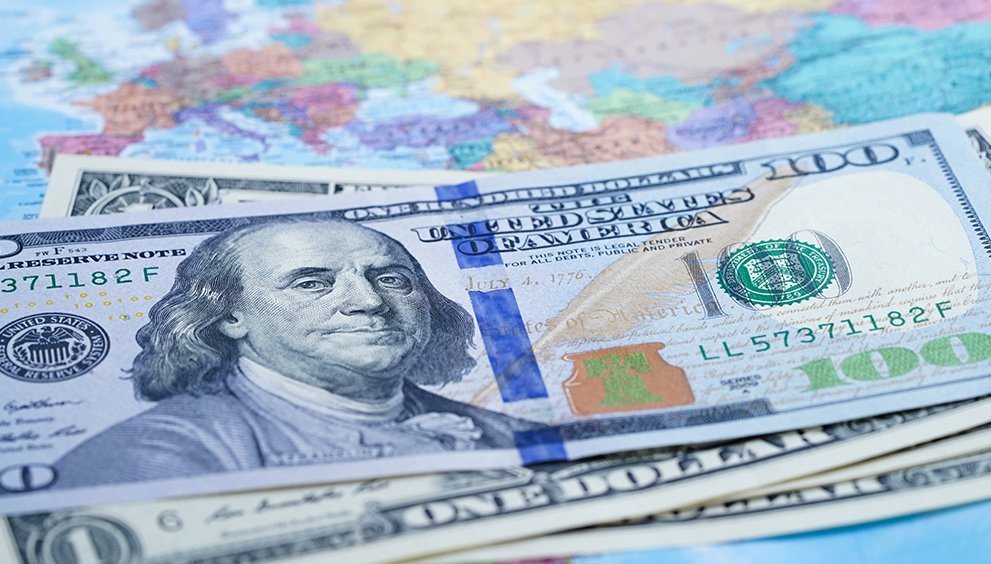



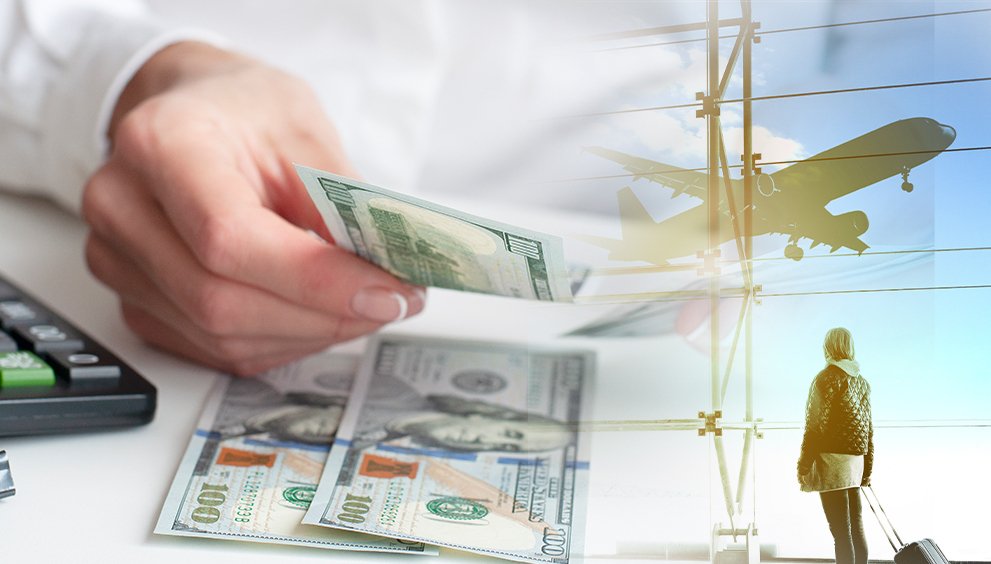







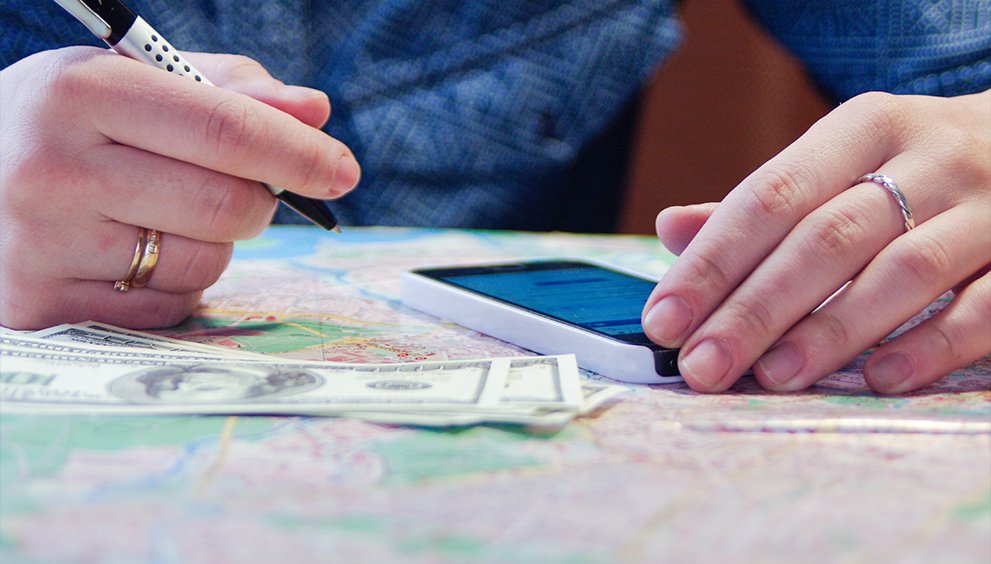
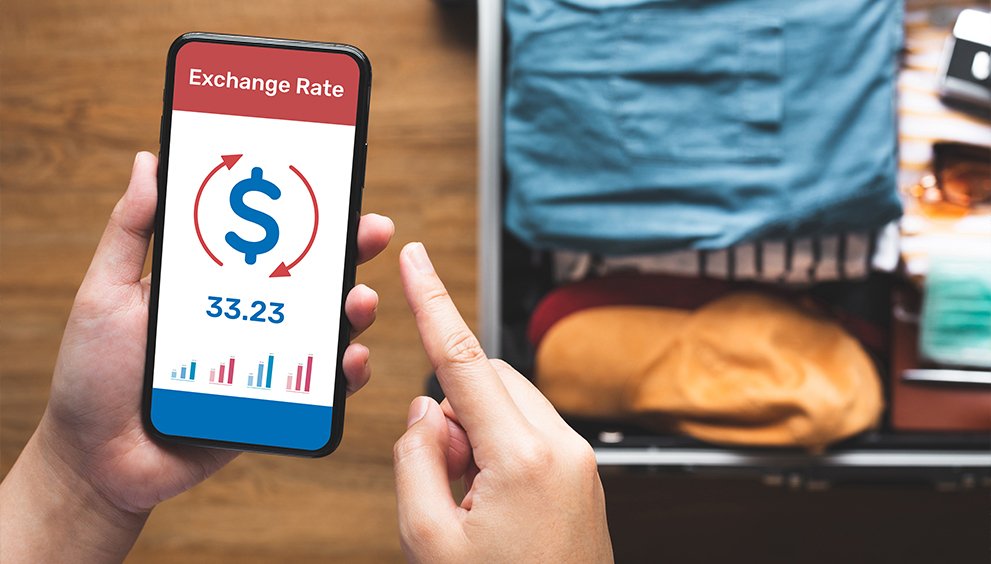
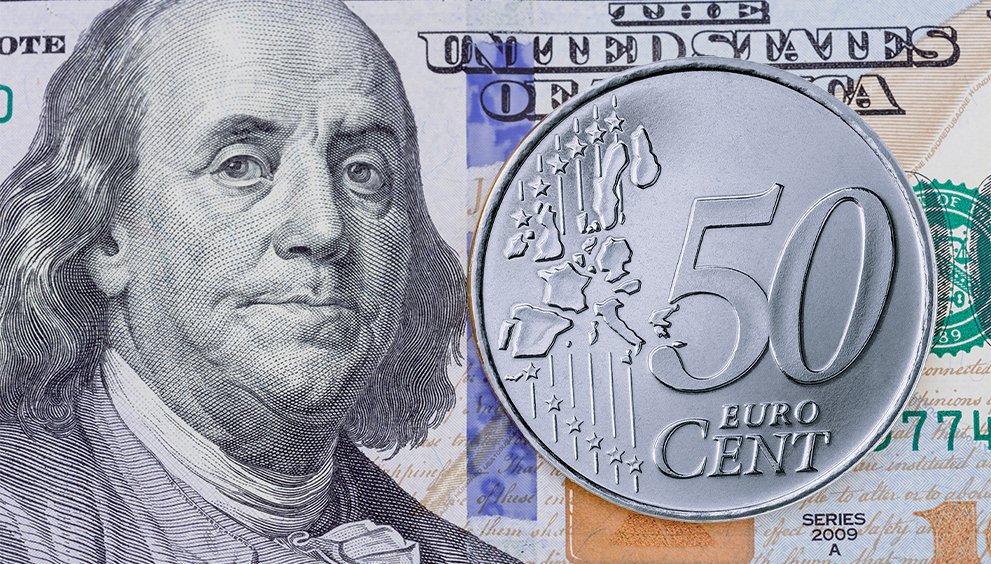

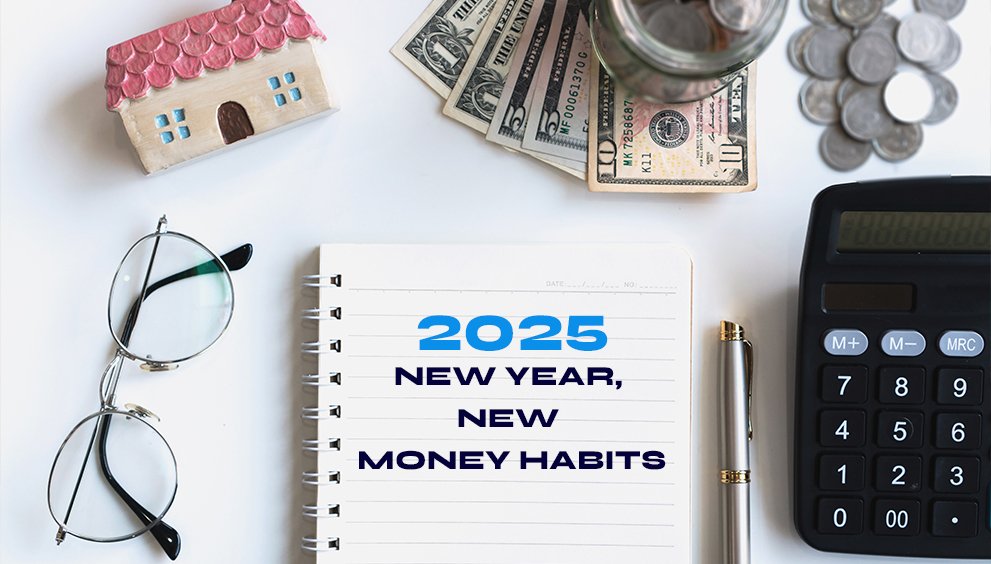


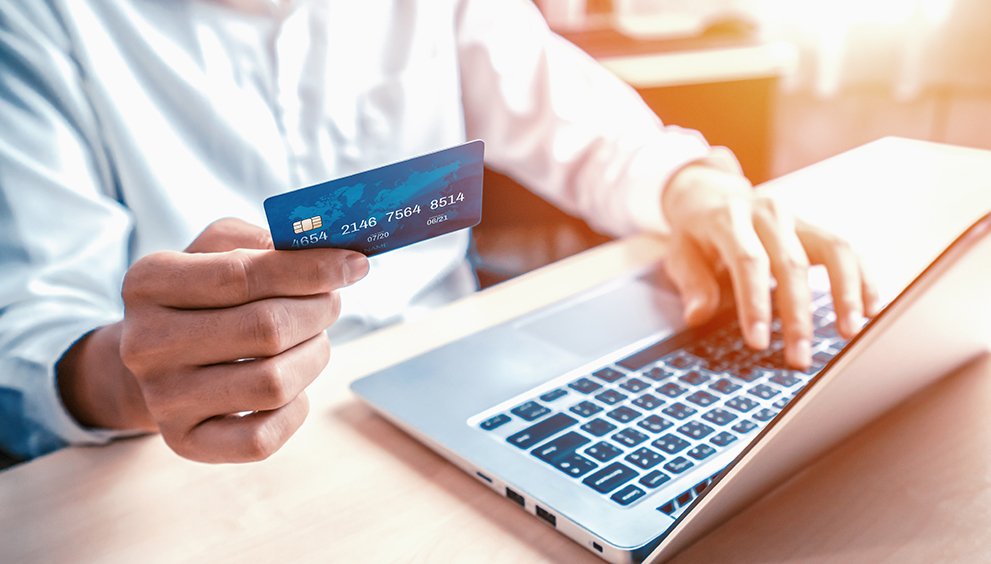
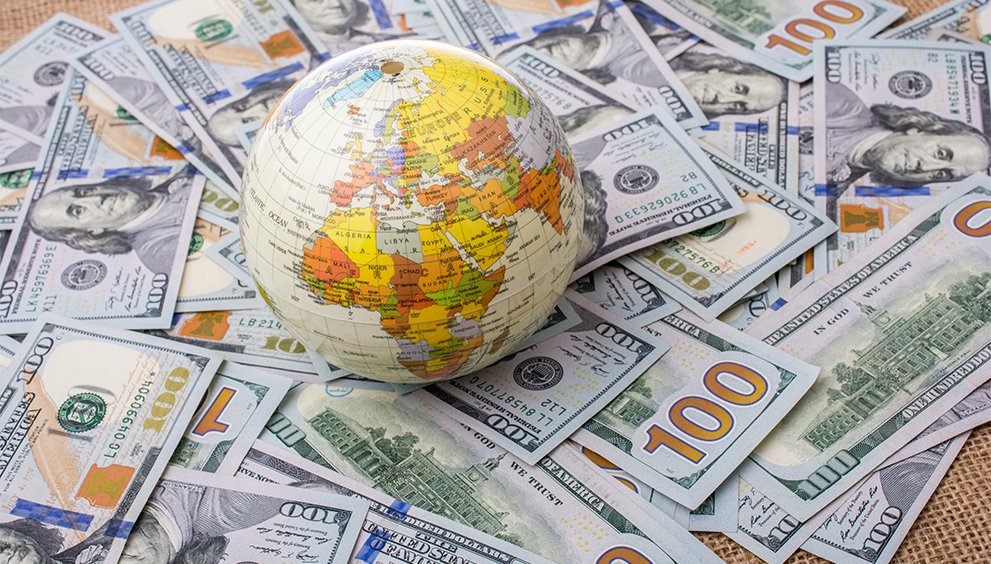

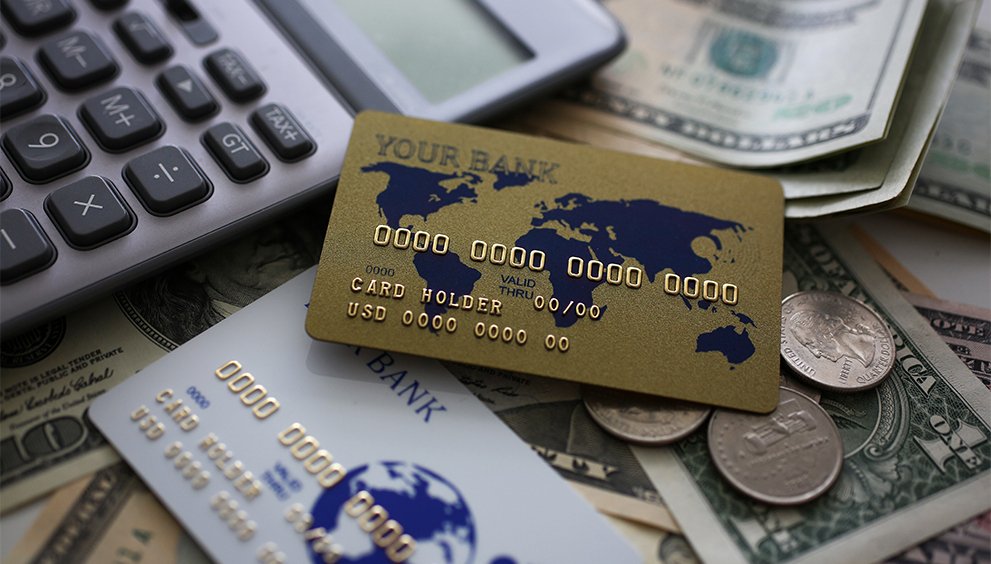


The Role of the IMF in Stabilising Currencies: A Key Player in Global Economic Stability
11th Mar 2025[…] Traveling to Europe? A Guide to Currency Exchange […]